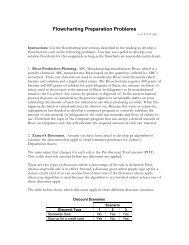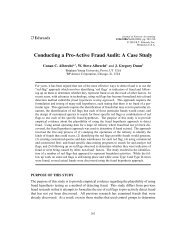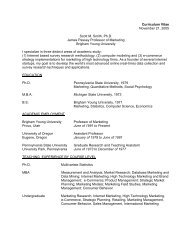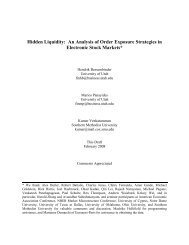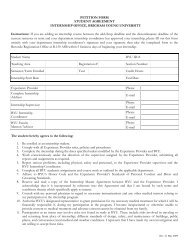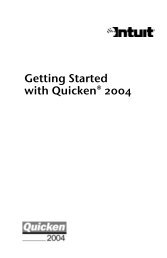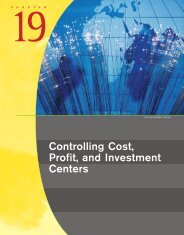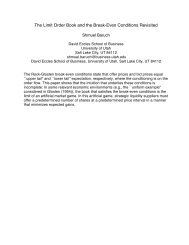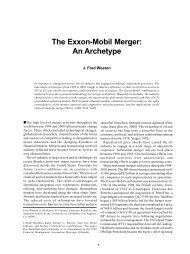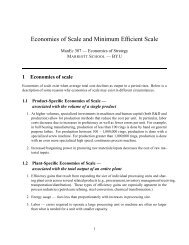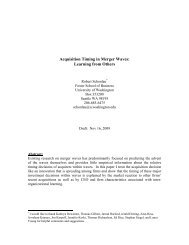why do firms go public? - Marriott School
why do firms go public? - Marriott School
why do firms go public? - Marriott School
You also want an ePaper? Increase the reach of your titles
YUMPU automatically turns print PDFs into web optimized ePapers that Google loves.
Fortune 500 <strong>firms</strong> for 1986 as classified in April, 1987. They received 176 useable surveys, for a<br />
35% response rate. Pinegar and Wilbricht’s intent is to ask managers with which academic<br />
theories pertaining to capital structure they agree. (Their nine question survey is available at the<br />
back of their article.) Although they <strong>do</strong> not ask specifically <strong>why</strong> <strong>firms</strong> <strong>go</strong> <strong>public</strong>, they <strong>do</strong> ask,<br />
“Rank the following sources of long-term funds in order of preference for financing new<br />
investments (1 = first choice, 6 = last choice).” This specific question at least partially addresses<br />
the pecking order hypothesis of Myers and Majluf (1984), although the majority of these CFOs<br />
most likely have seasoned equity offerings (SEOs) in mind (and not IPOs) because they are<br />
pre<strong>do</strong>minantly <strong>public</strong> <strong>firms</strong>.<br />
Pinegar and Wilbricht report that nearly 69% of managers held a preference for the<br />
pecking order of financing, where 84% of respondents listed retained earnings as their most<br />
favored source of financing, and 72% listed straight debt as their second favored source. Next<br />
was convertible debt, followed by external common equity. Only preferred stock (straight and<br />
convertible) ranked lower than common stock. From these results, we can conclude that<br />
managers at least have preferences that align with the pecking order hypothesis.<br />
A second survey paper focusing on corporate finance in a broader sense is Graham and<br />
Harvey (2001). Graham and Harvey survey over 4,000 CFOs and receive 392 usable surveys<br />
(i.e., 9% response rate). Graham and Harvey construct a comprehensive survey that covers<br />
capital budgeting, cost of capital, and capital structure. Although they <strong>do</strong> not directly ask, “What<br />
motivates <strong>firms</strong> to <strong>go</strong> <strong>public</strong>,” they <strong>do</strong> ask, “Has your firm seriously considered issuing common<br />
stock If ‘yes,’ what factors affect your firm’s decisions about issuing common stock” (see their<br />
Table 8, pg. 216 and Figure 7, pg. 230; also see Graham and Harvey (2002) Figure 5, pg. 16).<br />
Graham and Harvey have a column in their Table 8 which reports the survey replies for private<br />
23



